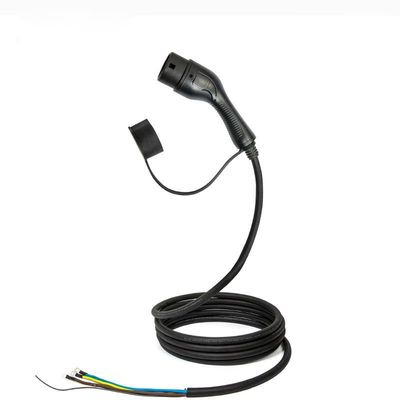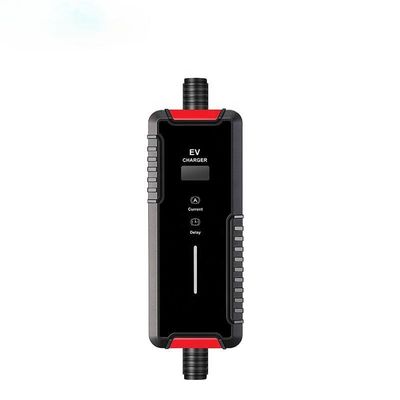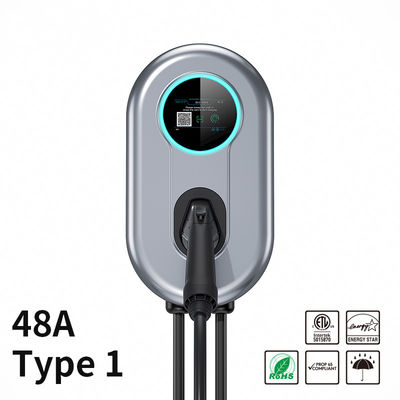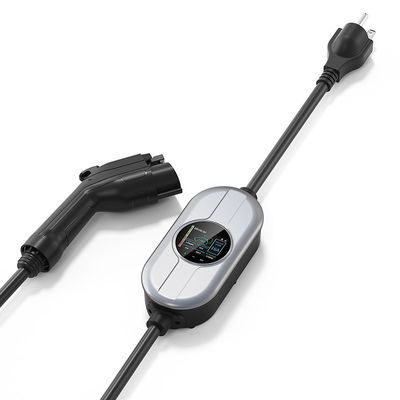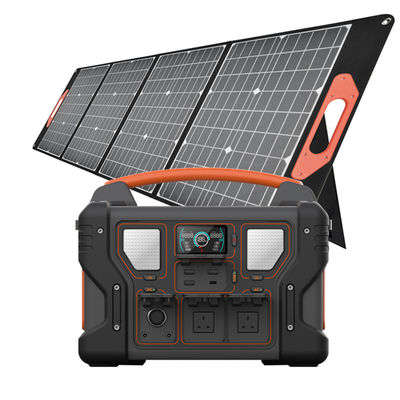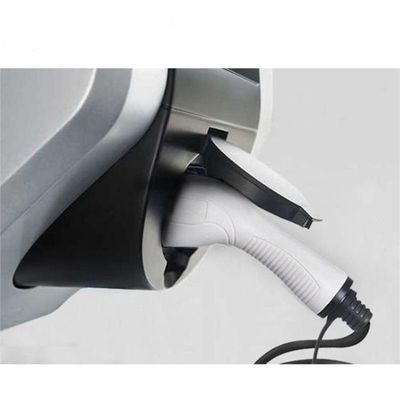One of the biggest concerns with Electric Vehicle owners is to know when and how to charge their vehicles. Despite electric vehicles taking the automobile world by storm, many challenges stop people from welcoming this change. We are used to driving around gas-powered cars and vehicles. Charging an electric vehicle is quite different and requires more planning. Growing demand and incentives for the charging stations have geared the demand and is now becoming more common than ever.

What is an EV charger?
An EV charger is a tool to keep the battery full for both electric vehicles and plug-in hybrid electric vehicles. Just like any other charging device, EV Chargers help charge batteries of electric vehicles. In simple terms, when your mobile phone or laptop runs ut of battery, you search for a socket and plug-in a charger (adapter) connecting your mobile phone/laptop with the socket. The charger(adapter) converts & conditions electric power (mostly alternating) to DC power ( with required voltage) and charges the device.
In similar fashion, EV chargers use electricity from grid (socket) and help charge batteries of your electric vehicle.
What are the various types of EV Chargers ?
Well, EV chargers can be differentiated in multiple terms based on different parameters like location, charging speed, charging technology etc.
EV Chargers based on location:
- Destination Chargers: Chargers installed on places like residential buildings, malls, hotels, offices etc. These are normally low voltage (240/415 Volts) AC Chargers.
- On the Go Chargers: Chargers installed on places like fuel pumps, highways, restaurants where EV users come, stop for a while, charge their vehicles and go. These are usually high voltage, DC Fast Chargers than can charge in short duration.
EV Chargers based on type of Hosts:
Charging stations come in two categories – Residential and commercial.
- Residential charging stations are meant for single-family houses. They may not have features like user authentication, scan & pay etc. Residential charging stations can be purchased.
- Commercial stations are much more advanced and have more hardware and software to operate. It is built in places around malls, offices and stores. It usually has more capacity and is also equipped with smart technology to manage the usage, scan and pay etc.
EV Chargers based on Power Ratings:
Usually, there are three main levels of charging an electric vehicle
- Level 1 – It is a very basic, standard charge of 240 VAC for an electric vehicle and takes much longer to charge.
- Level 2 – Also known as residential charging level, The energy is pushed to 240 Volts and 30 Amps. This energy is equal to the home washer and dryer.
- Level 2 (commercial) – When charging automobiles away from home, Level II commercial stations have become the industry standard. They provide the same 240V and 30 Amps as the domestic stations, but when the commercial networks are intelligent, the actual benefit is realised.
- Level 3 (DC fast charging) – Level III, also known as DC Fast Charging, uses a voltage range of 200 to 600 VDC to refill an electric car in as short as 30 minutes. This is an excellent option for on-the-go charging.
An EV may be charged in three different ways. A typical Level 1 domestic wall socket may be used to charge the car. You may connect the car to a Level 2 home charging station, which utilises a higher-capacity 240-volt outlet, comparable to what certain household appliances require. Alternatively, you may use a Level 2 or Level 3 public charging station.
Unlike a smartphone, which can be charged by plugging it into any normal wall socket because all gadget makers use the same plug, EVs have their own set of connections. When using a public charging station, you must first determine which type of charger is compatible with your car.
How does public EV charging work?
There are a few things to consider while parking in front of an EV charging station. For example, the station may be supplied free of charge, could require a key FOB or another electronic medium, or may require bill payment towards other parking instances such as only being permitted to place in a lot for free if you’re a subscriber, or you may be required to pay a parking metre during particular times and on specific days. The charging station’s equipment and displayed signs should make it obvious how to utilise it.
The charging station may be free to use once you’ve parked and are ready to connect, or it may need payment through a credit card or a smartphone app with which you’ve created an account. The usage of free adapters is simple. Paid charges require a unique procedure to utilize them, similar to the differences between paying by credit card and engaging the pump at a petrol station.

 Your message must be between 20-3,000 characters!
Your message must be between 20-3,000 characters! Please check your E-mail!
Please check your E-mail!  Your message must be between 20-3,000 characters!
Your message must be between 20-3,000 characters! Please check your E-mail!
Please check your E-mail! 
